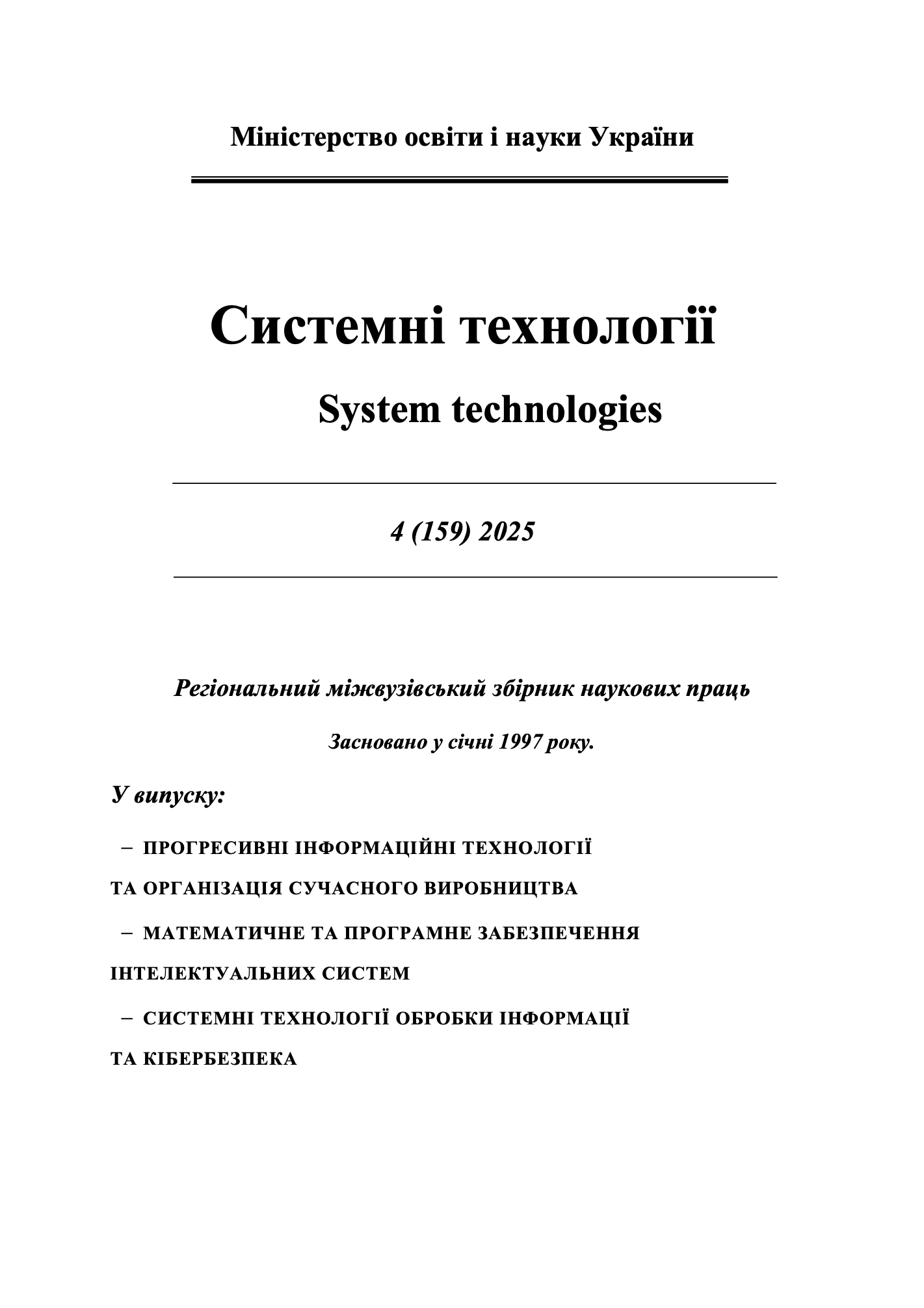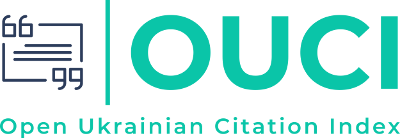Problems of functioning of modern distance learning systems
DOI:
https://doi.org/10.34185/1562-9945-4-159-2025-10Keywords:
distance learning, information technology, distance learning systems, cloud technologies, artificial intelligence, virtual reality, augmented reality, data protection.Abstract
Informatization of modern society is one of the most important features of the process of its development, which includes the formation and development of the intellectual potential of each person, improving the form and content of the educational process, the introduction of modern technologies and educational tools that allow solving modern educational tasks at the highest level. Distance learning is a form of learning that is carried out without the physical presence of a tutor and students in the same room. It was created to ensure the availability of educational resources for all participants in the educational process, regardless of its geographical location. Due to the rapid development of information technologies and the need for an accessible and flexible educational process, distance learning has become one of the most important innovations in the global educational process of the 21st century, therefore, such traditional teaching methods as university education, lections or homework are undergoing major changes today. In modern conditions, distance courses are most often implemented through distance learning systems, various educational platforms, etc. The development of distance learning technologies is aimed at increasing the efficiency of the educational process, but today there is an increasing discrepancy between the rapid spread and application of distance learning technologies by participants in the educational process. This article identifies the functional problems of modern distance education systems, in particular technical problems, problems of accessibility, ensuring information security and data protection, the quality of the educational process, as well as the problems of teachers and students in the new educational environment. Modern ways of overcoming the above problems are investigated – information technologies, virtual and augmented reality, artificial intelligence in the context of the development of innovative technologies of informatization and intellectualization of society.
References
Ovcharuk, V.О. Using the latest computer technologies to informatize education / V.О. Ovcharuk, І.V. Yuschuk // Science, research, development technics and technology. 2020. №27. Pp. 5-9.
Kuchai О. Modern technologies of distance learning [Text] / Oleksandr Kuchai, Antonina Demianiuk // Humanities: History and Pedagogy. 2021. № 2. Pp. 77-85.
Aliyev H.М. Distance educational technologies: essence, characteristics, features. Pedagogical Almanac. 2017. Issue 35. Pp. 36-40. URL: http://nbuv.gov.ua/UJRN/pedalm_2017_35_7.
Savon О.E. Analysis of modern means and information technologies of distance learning. Electronic modeling. Issue 46, №5 (2024). Pp. 104-114.
The Labster platform for virtual laboratories and interactive science opens up new opportunities for Ukraine – Ministry of Education and Science of Ukraine [Electronic resource] URL: https://mon.gov.ua/news/platforma-labster-dlya-virtualnikh-laboratoriy-ta-interaktivnoi-nauki-vidkrivae-novi-mozhlivosti-dlya-ukraini.
Labster – Digital services for education in Ukraine [Electronic resource] URL: https://mooc4ua.online/platforms/3.
Microsoft Teams will get «live» translation — your voice will sound in 9 different languages – ITC.ua [Electronic resource] URL: https://itc.ua/en/news/microsoft-teams-will-get-live-translation-your-voice-will-sound-in-9-different-languages/.
Johnson, Eric. "Cheap Mobile Games? Bah! Meet zSpace's $4,000 3-D Monitor". AllThingsD [Electronic resource] URL: https://allthingsd.com/20130423/cheap-mobile-games-bah-meet-zspaces-4000-3-d-monitor/.
Petrov, Plamen D.; Atansova, Tatiana V. (April 15, 2020). "The Effect of Augmented Reality on Students' Learning Performance in Stem Education". Information. 11 (4): 209. https://doi.org/10.3390%2Finfo11040209.
AltspaceVR lets you build your own sharable space in virtual reality – VentureBeat [Electronic resource] URL: https://venturebeat.com/business/altspacevr-lets-you-build-your-own-sharable-space-in-virtual-reality/.
What is two-factor authentication or 2FA? – Dropbox [Electronic resource] URL: https://experience.dropbox.com/uk-ua/resources/what-is-2fa.
Mursion: Pros, Cons, and Features to Know – Yoodli [Electronic resource] URL: https://yoodli.ai/blog/mursion.
Kryvoruchko О., Kostyuk Y., Desyatko А., Zakharov R. Using self-organizing neural networks to adapt educational materials to the individual needs of higher education students. Science and Technology Today. 3 (31).
Morozov V.V. Model of information interaction in projects for creating distance learning based on virtual reality. Management of the development of complex systems. 2019. Issue 37. Pp. 144–152.
Pinchuk О.P., Luparenko L.А. (2022). Didactic potential of using digital content with augmented reality. Modern information technologies and innovative teaching methods in training specialists: methodology, theory, experience, problems. Collection of scientific works. Issue 63. Vinnytsia. 250 p. (pp. 38-45).
Tsyutsyura М.І., Palaguta К.О., Pashorin V.І. Creating adaptive educational systems based on the Internet // Managing the development of complex systems. – 2017. – № 31. – Pp. 159 – 165.
Downloads
Published
Issue
Section
License
Copyright (c) 2025 System technologies

This work is licensed under a Creative Commons Attribution 4.0 International License.















